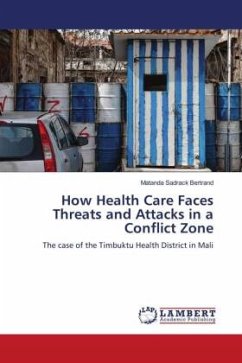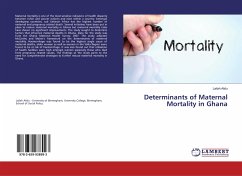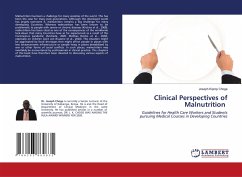
How Health Care Faces Threats and Attacks in a Conflict Zone
The case of the Timbuktu Health District in Mali
Versandkostenfrei!
Versandfertig in 6-10 Tagen
29,99 €
inkl. MwSt.

PAYBACK Punkte
15 °P sammeln!
In a zone of structural conflict that has lasted for almost a decade, social structures such as health are becoming the target of armed actors who know or not the negative implications of their action, threaten or attack health personnel, destroy infrastructure or target the transport means of the health system. Faced with this situation, how should health personnel behave? what attitude should the organisations that can convey the messages on the behavior of the armed actors vis-à-vis the trio, health personnel, infrastructure and medical transport means.This study is made to better illumina...
In a zone of structural conflict that has lasted for almost a decade, social structures such as health are becoming the target of armed actors who know or not the negative implications of their action, threaten or attack health personnel, destroy infrastructure or target the transport means of the health system. Faced with this situation, how should health personnel behave? what attitude should the organisations that can convey the messages on the behavior of the armed actors vis-à-vis the trio, health personnel, infrastructure and medical transport means.This study is made to better illuminate our lantern, with the Timbuktu health district, which served as a site for data collection and observation.The 28 health facilities disaggregated into nineteen (19) CSCOM (community health centre), a CSREF (referral health centre), a regional hospital and seven (7) clinics/Private health centre). Two (2) international armed actors, fourteen (14) national armed actors and four (4) national defense force actors were consulted to gain their understanding and perception of threats and attacks to health issues in their operations area. Two(2) health training schools were also exanimated.












